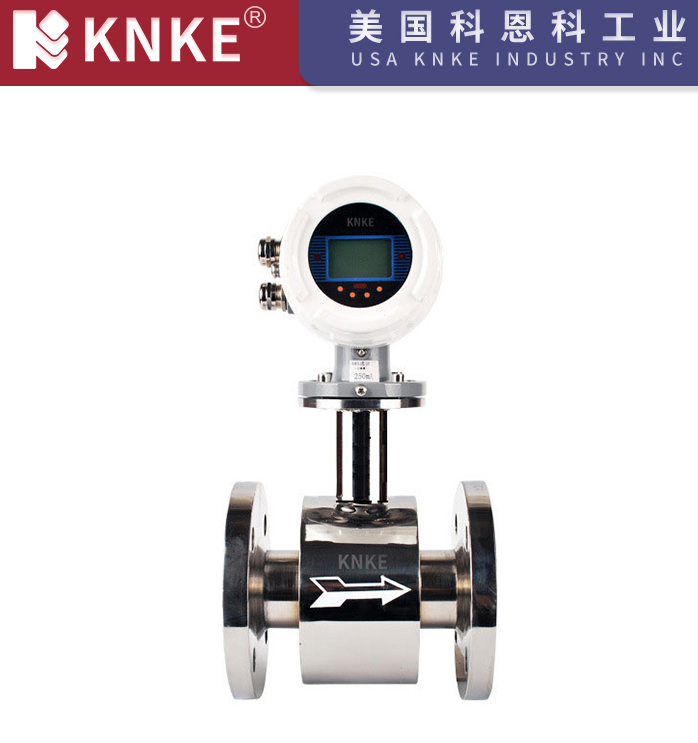Common Faults of Intelligent Electromagnetic Flow Meters and Their Solutions
Intelligent electromagnetic flow meters, based on the Faraday electromagnetic induction principle, are high-precision flow measurement instruments widely used in industrial automation, chemical, petrochemical, and water treatment industries. However, over time, electromagnetic flow meters may encounter various faults that affect their normal operation. Understanding common faults and their solutions helps engineers quickly identify and fix issues when they arise. This article focuses on several common faults of intelligent electromagnetic flow meters and their solutions.

1. Faults Caused by Deposits on the Sensor Inner Wall
Electromagnetic flow meters often measure dirty fluids. Over time, deposits accumulate on the sensor’s inner wall, which can affect the meter’s measurement accuracy. The main faults caused by deposits include:
- Insulating Deposits Causing Open Circuits: Insulating layers on the inner wall can break the electrode circuit, causing the flow meter to fail.
- High Conductivity Deposits Causing Short Circuits: If the deposits’ conductivity is significantly higher than that of the fluid, the circuit may short-circuit, preventing normal operation.
Solution:
Regularly clean the deposits inside the measurement tube to keep the electrode circuit functioning properly. For meters measuring dirty fluids, schedule more frequent maintenance or choose sensors made of materials suited for these conditions.
2. Faults Caused by Lightning Strikes
Lightning strikes can severely damage intelligent electromagnetic flow meters. Lightning induces high voltage and surge currents in the flow meter’s circuits. These currents enter through the power supply lines, excitation coils, and signal lines between the sensor and the converter, especially from power supply lines in the control room.
Solution:
- Install Surge Protectors: Add surge protectors to the power and signal lines to prevent damage from lightning.
- Proper Wiring Layout: Avoid placing power and signal lines close to sources of external interference during installation.
- Lightning Protection Design: In lightning-prone areas, install lightning protection devices to minimize damage.
3. Faults Due to Environmental Condition Changes
Environmental conditions significantly affect the operation of intelligent electromagnetic flow meters. During calibration, stable environmental conditions typically allow the meter to function normally. However, new interference sources can emerge during actual operation. For example, welding near the flow meter or installing large transformers nearby can disrupt the flow meter’s operation and cause fluctuations in the output signal.
Solution:
- Ensure Proper Grounding: Proper grounding during installation prevents interference from ground potential differences.
- Avoid Strong Electromagnetic Interference Sources: Install flow meters away from welding areas, electrical motors, and transformers.
- Monitor the Installation Environment: Regularly check the environment to ensure no new interference sources affect the flow meter.
Intelligent electromagnetic flow meters may face issues such as deposits on the sensor’s inner wall, lightning strikes, and electromagnetic interference. Regular maintenance and cleaning are necessary, but engineers should also take appropriate protective measures to minimize environmental disturbances. Implementing these solutions helps ensure accurate and reliable measurements.

This is a useful overview. In my experience, electrode coating is a frequent culprit in wastewater applications. Have you found that certain materials or cleaning protocols are more effective in reducing buildup?